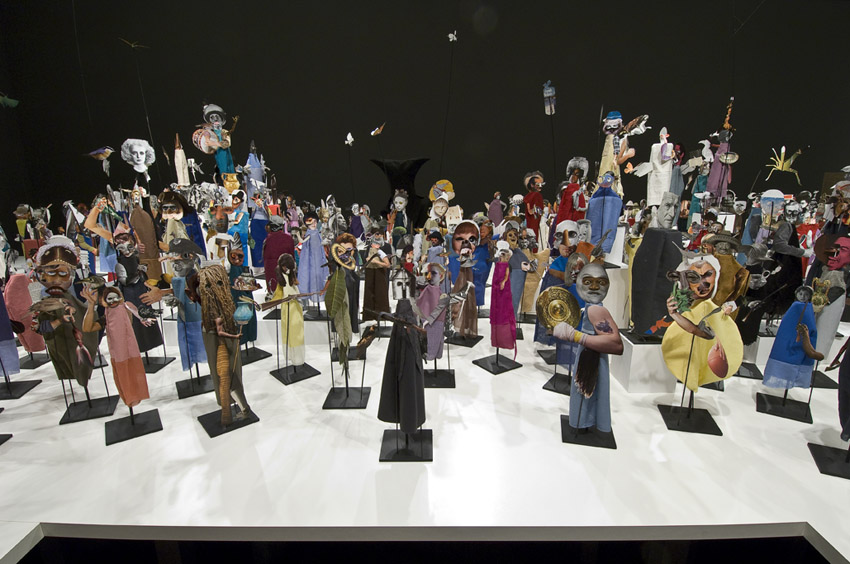
Fig. 1 Judith Eisler, oil on canvas, 30x42 inches. Linda Manz (2009) Judith Eisler Homepage. March 26, 2010.
Photo-Realism’s beginnings were similar to the paintings shift to Modernism in that it was reactionary. Pop Art and Capitalist
Judith Eisler’s work is heavily influenced by Richter but also has her own reactionary relationship to technological innovation in her time, at a high point of television’s influence. The movies Network (1976) and Videodrome (1983) made some

Also in the late seventies, Rosalind Krauss and other contributors to the arts journal October start
Another change in the perception of photography was the re-photogra
The Painting of Modern Life was a 2007 London exhibition at Hayward Gallery where Judith Eisler was grouped with all major Photo-Realists over the last 40 years including Vija Celmins, Malcom Morley, and Richard Hamilton. The title of the exhibition refers to Charles Baudelaire’s essay The Painter of Modern Life”(1863) where “…the poet called for a shift in s

Eisler’s painting in the show Smoker (2003) was based on the second film by director Nagisa Oshima Cruel Story of Youth (1960). A kind of Japanese Rebel without a Cause (1955), it shows beautiful abject youth acting out mythic coolness. Just as another painting based on the thematically similar movie Dogs In Space (1986), the painting contains another layer of simulacra, this time in content, because “…what we view in the cinema is already a totally simulated reality where the humans conform to stereotypes …coded in the eclectic mixtures of movie genres and period styles.” (Newman 82)

Smoker (2003) contains elements that relate to historic photography and advertisement, particularly in the way such mediated information affects real life behavior. The half-parted female lips, shows a sexy pose popular today which only exists because of photography. As some of the first photos were nude women, these early attempts at pornography depicted female figures standing awkwardly in utilitarian fashion. (Varma) The pornographic feminine sexuality was developed over time as real women learnt these new body gestures for the camera. (Varma) As if to further fetishize the glossy red lip
As seen with her attraction to using films that voyeur young outsiders and pop rock stars, it appears Eisler uses these images more subjectively, creating a fragmented self-portrait. The films used for the paintings are from the sixties to mid-eighties which roughly parallels Eisler’s birth in 1962 into her early twenties. Now older, it’s as if she uses the filmic archive to reconstruct identity, tastes and desires. But her voice and the content she expre
Judith Eisler applied the methodology of Photo-Realism to technology she grew up with, choosing content that showed aspects of her ideological make-up. She also has e
Work Cited
Barthes, Roland. “The Death of the Author” Auteurs and Authorship. Ed. Barry Keith Grant. Malden, MA: Blackwell Publishing, 2008. 97-100.
Baudrillard, Jean. “Simulacra and Simulations” Jean Baudrillard Selected Writings. 2nd Edition. Ed. Mark Poster. California: Stanford University Press, 2001. 169-187.
Benjamin, Walter. “The Work of Art in the Age of Mechanical Reproduction.” Illuminations. Ed. Hannah Arendt New York: Schocken Books, 1969. 217-251.
Curtis, Adam. The Century of The Self, Part One: Happiness Machines. Dir. Adam Curtis. BBC Four, United Kingdom. 2002.
Escamilla G. and A. L. Cradock. “Women and Smoking in Hollywood Movies: A Content Analysis.” American Journal of Public Health. vol. 90 No. 3. March 2000. 412-414.
Foster, Hal. "At the Hayward." London Review of Books 29.21 (2007): 16. 15 Mar. 2010
Godfrey, Tony. “The Painting of Modern Life”. Photography & Culture vol. 1 no. 2 November 2008: 251-253.
Honour, Hugh and John Fleming. The Visual Arts: A History. 7th edition. Ed. Sarah Touborg. New Jersey: Pearson Education Inc., 2005.
Hopkins, David. After Modern Art 1945-2000. New York: Oxford University Press, 2000.
Newman, Michael. “Simulacra” Appropriation. Ed. David Evans. London: MIT Press/Whitechapel Gallery, 2009. 82.
Varma, Dev. “The Mechanical Eye: The Photograph.” Pornography: The Secret History of Civilization. Dir. Dev Varma. Channel Four Television, Great Britain, 2006.
Videodrome. Writ. / Dir. David Cronenberg. Prod. Claude Héroux. Canadian Film Development Corporation, 1983.



